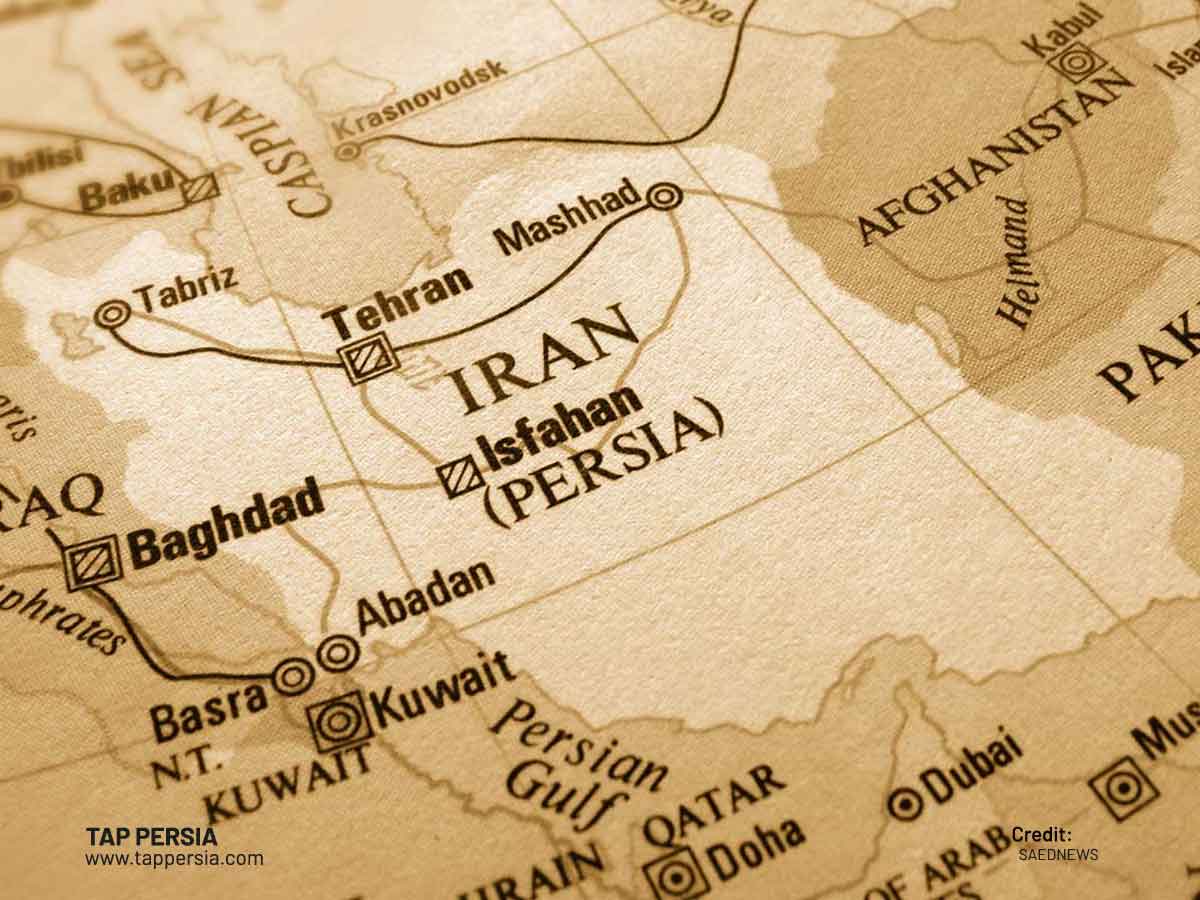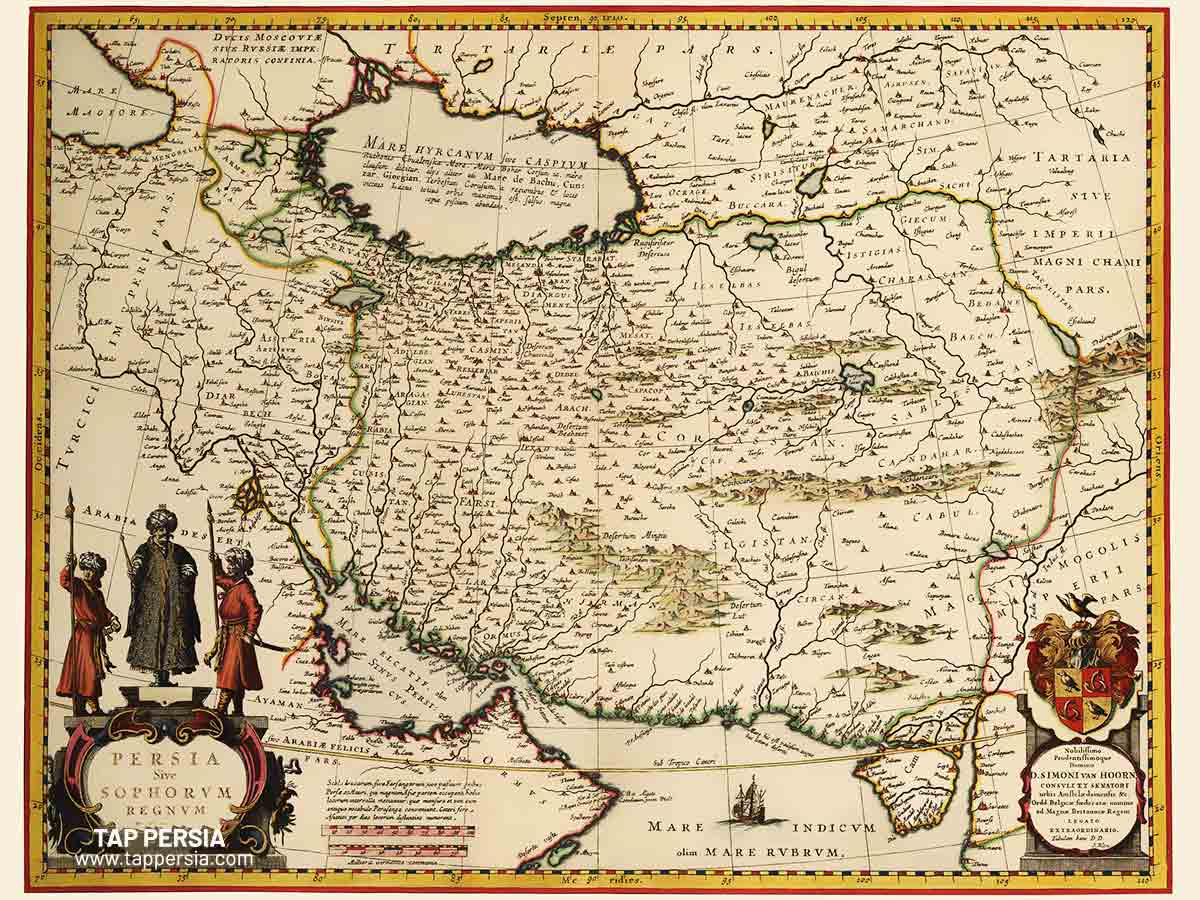Iran Vs. Persia: Unraveling Historical & Cultural Nuances
The terms "Iran" and "Persia" are often used interchangeably, leading to widespread confusion about their precise meanings. While it's true that in most cases, these names refer to the same country, there are nuanced, yet significant, differences between the two that delve deep into history, ethnicity, and national identity. Understanding the difference between Iran and Persia is crucial for anyone seeking a more accurate comprehension of this ancient and diverse nation.
For many, the distinction might seem trivial, but for the people of this Western Asian country, the terms carry different connotations. If you have friends from Iran, you might notice some identify as "Iranian" while others prefer "Persian." This article aims to clarify these distinctions, exploring the historical context, cultural implications, and modern usage of "Iran" and "Persia" to provide a comprehensive understanding.
Table of Contents
- Understanding the Core Distinction: Iran vs. Persia
- From Ancient Empire to Modern Nation: The Name Change
- The Rich Tapestry of Iranian Identity Beyond Persia
- Persian Culture, Language, and Heritage: A Deeper Dive
- Farsi vs. Persian: Clarifying the Language
- Political vs. Cultural Contexts: When to Use Which Term
- Global Perceptions and Self-Identification
- The Broader Geopolitical Landscape: Iran, Iraq, and Regional Identities
Understanding the Core Distinction: Iran vs. Persia
At its heart, the difference between Iran and Persia lies in their scope. "Iran" is the legal and official name of the country, a modern nation-state in Western Asia. It encompasses the entire geopolitical entity, its diverse population, and its contemporary governmental structure. On the other hand, "Persia" primarily refers to a specific ethnic group within Iran, their rich heritage, unique culture, and the historical empires that dominated the region for millennia. While the names Iran and Persia are often used interchangeably to mean the same country, there is indeed a slight, yet significant, difference between the two.Nationality vs. Ethnicity: The Fundamental Divide
The most crucial distinction to grasp is that "Iranian" refers to nationality, while "Persian" relates specifically to a certain ethnic group in Iran. This is the core reason why some individuals identify as "Iranian" and others as "Persian." "Iranian" encompasses a nationality, meaning anyone who holds citizenship in the Islamic Republic of Iran, regardless of their ethnic background. This includes a multitude of ethnic groups living within the country's borders. Conversely, "Persian" relates to ethnicity; it describes a people with a shared cultural heritage, language (Persian, also known as Farsi), and historical roots, primarily originating from the ancient region of Pars (modern-day Fars province). This fundamental difference between ethnicity and nationality is key to understanding the nuances of identity within Iran.The Historical Evolution of Terminology
The name "Persia" gained prominence in the West thanks to classical Greek authors. During their time, Persia was the dominant kingdom in Iran, particularly the Achaemenid Empire. The Greeks used the word "Persia" to describe the entire region, and this term stuck for most Western countries for centuries. Persia, was an ancient kingdom within Iran, whose heartland was the province of Parsa, now known as Fars. In most cases, the word "Persia" today means Iran, because the country of Iran formed over the heart of the ancient Persian Empire, and most of its original citizens were inhabitants of that kingdom. This historical legacy is why the terms became so intertwined in the global consciousness.From Ancient Empire to Modern Nation: The Name Change
The official shift from "Persia" to "Iran" in international correspondence occurred in the 20th century, though the name "Iran" itself is ancient and has been used internally for millennia. The word "Iran" derives from "Aryan," meaning "Land of the Aryans," reflecting the historical origins of many of its inhabitants.The Pahlavi Era and the Shift to "Iran"
The formal request for international bodies to use "Iran" instead of "Persia" came in 1935 from Reza Shah Pahlavi, the then-king of Iran. This was more than a mere symbolic shift; it marked the beginning of a policy aimed at consolidating national identity and asserting Iran's independence on the global stage. Reza Shah's son, Mohammad Reza Pahlavi, later announced in 1959 that the terms Iran and Persia could be used interchangeably in formal correspondence, acknowledging the enduring historical association. However, the 1935 change was significant. When Reza Shah renamed Persia "Iran," it reflected a broader policy of subjugation, assimilation, and suppression of Iran’s diverse national and ethnic groups. The Pahlavi monarchy imposed Persian identity, Farsi as the sole official language, and Shi’ite Islam on the entire population, aiming to create a unified national identity under a Persian umbrella, often at the expense of other ethnic groups. This historical context explains why the difference between Iran and Persia is not just semantic, but deeply political and cultural.The Rich Tapestry of Iranian Identity Beyond Persia
While the Persian ethnic group forms the largest percentage of the population, Iran is home to many ethnic groups. The country's identity is a complex mosaic, far richer and more diverse than a singular "Persian" label might suggest. Beyond Persians, significant populations include Azeris, Kurds, Arabs, Baluchis, Lurs, Turkmens, and many others, each with their own languages, traditions, and historical narratives.Ethnic Diversity Within Iran
The notion that "Persian is just one ethnic group in Iran" underscores the country's multi-ethnic reality. Iran has several ethnic groups, and while Persians constitute the majority, their experiences and identities are intertwined with those of other communities. This internal diversity is a crucial aspect of understanding modern Iran. For instance, the country, officially known as the Islamic Republic of Iran, is the world's 18th most populous country with over 81 million inhabitants, a testament to its varied demographic landscape. Today, many Iranians abroad identify themselves as “Persian,” often to highlight their rich cultural heritage and distinguish themselves from the current political regime. However, when it comes to the rights of other nationalities within Iran, some resort to statements like “we’re all Iranian” to downplay the significance of ethnic differences, reflecting a complex interplay of national unity and ethnic identity.Persian Culture, Language, and Heritage: A Deeper Dive
Persian refers to the heritage, culture, and language of the people, an ethnic group native to Iran. Persians, originating from Iran, have their own language, Persian (Farsi), and a rich cultural history distinct from Arab culture. This heritage includes millennia of literature, art, architecture, music, and philosophy that have profoundly influenced the world. From the epic poetry of Ferdowsi and Rumi to the intricate designs of Persian carpets, this cultural legacy is vast and globally recognized. Iran is particularly renowned for its textiles, including apparel, carpets, cloths, fabric, and related goods that are significant for export. This cultural distinctiveness is a key aspect of what "Persian" signifies.Farsi vs. Persian: Clarifying the Language
Just as "Iran" and "Persia" are often confused, so too are "Farsi" and "Persian" when referring to the language. The official language of Iran is the Persian language, also known as Farsi. In this context, Farsi and Persian are often used interchangeably to refer to the same language. However, there are subtle differences between the two. "Farsi" is the native name for the language, derived from the historical region of Fars (Pars). "Persian" is the exonym, the name used by outsiders, particularly in English and other European languages. While linguists might prefer "Persian" to refer to the broader family of Iranian languages (including Dari in Afghanistan and Tajik in Tajikistan), in everyday usage, "Farsi" and "Persian" are synonymous when referring to the language spoken in Iran. In this article, we have explored the attributes of Farsi and Persian, shedding light on their historical context, geographical distribution, linguistic features, and cultural significance.Political vs. Cultural Contexts: When to Use Which Term
The choice between "Iranian" and "Persian" often depends on the context – whether it's political or cultural. After the 1979 revolution, "Iranian" became more common for political contexts, emphasizing national unity under the new Islamic Republic. This usage is prevalent in official discourse, international relations, and discussions about the state's policies and actions. Conversely, "Persian" is cultural. It is used when referring to the rich artistic traditions, historical empires, language, and the ethnic group that largely shaped these aspects. When discussing cuisine, poetry, ancient history, or the specific heritage of the Persian ethnic group, "Persian" is the more appropriate term. This distinction allows for precision, acknowledging both the modern political entity and the deep cultural roots that extend far beyond its current borders.Global Perceptions and Self-Identification
The way people outside Iran, and indeed Iranians themselves, use these terms is complex and evolving. For many in the West, "Persia" still evokes images of ancient empires, exotic tales, and rich cultural heritage, often dissociating it from the modern political realities of "Iran." This historical romanticism contributes to the continued interchangeable use of the terms. For Iranians living abroad, identifying as "Persian" can be a way to connect with their ancient culture and distance themselves from the current political regime of the Islamic Republic of Iran. It’s a way of saying, "I am from the land of Cyrus and Rumi, not necessarily aligned with the present government." However, within Iran, the term "Iranian" is universally accepted as the national identifier, regardless of ethnicity. This dual identity highlights the intricate relationship between national belonging and ethnic heritage.The Broader Geopolitical Landscape: Iran, Iraq, and Regional Identities
Understanding the difference between Iran and Persia also helps in distinguishing Iran from its neighbors, particularly Iraq. Iran and Iraq have distinct historical backgrounds, with Iran rooted in Persian heritage and Iraq in Arab heritage. This fundamental difference in cultural lineage is crucial. The Arabic language, a central element of Arab identity, is a Semitic language and has numerous dialects across different Arab countries. In contrast, Persian (Farsi) is an Indo-European language. Furthermore, the governments in Iran and Iraq differ significantly, with Iran operating as a theocratic republic and Iraq as a democratic republic. This broader geopolitical context underscores why precise terminology is important, as it reflects deep-seated historical, cultural, and political distinctions that shape the region.Conclusion
The difference between Iran and Persia is not merely a linguistic technicality but a reflection of a rich, multi-layered identity. While "Iran" is the official name of the country and refers to nationality, "Persia" denotes a specific ethnic group, their ancient culture, and their language. The historical shift in terminology, the diverse ethnic groups within Iran, and the nuanced usage of "Iranian" versus "Persian" in political and cultural contexts all contribute to this fascinating distinction. Understanding these differences allows for a more accurate and respectful appreciation of a nation with a history spanning millennia and a vibrant, diverse population. We hope this article has clarified the distinctions between Iran and Persia, two terms often used interchangeably, yet carrying profound separate meanings. What are your thoughts on this complex relationship between nationality and ethnicity? Share your insights in the comments below, and consider exploring more articles on the history and culture of this captivating region!- Sophie Rain Spiderman Video Online
- Hubflix Hindi
- Aitana Bonmati Fidanzata
- Donna Brazile Wife
- Preetyscale

Why Did Persia Change Its Name to Iran? | TAPPersia

Why Did Persia Change Its Name to Iran? | TAPPersia

iran/persia